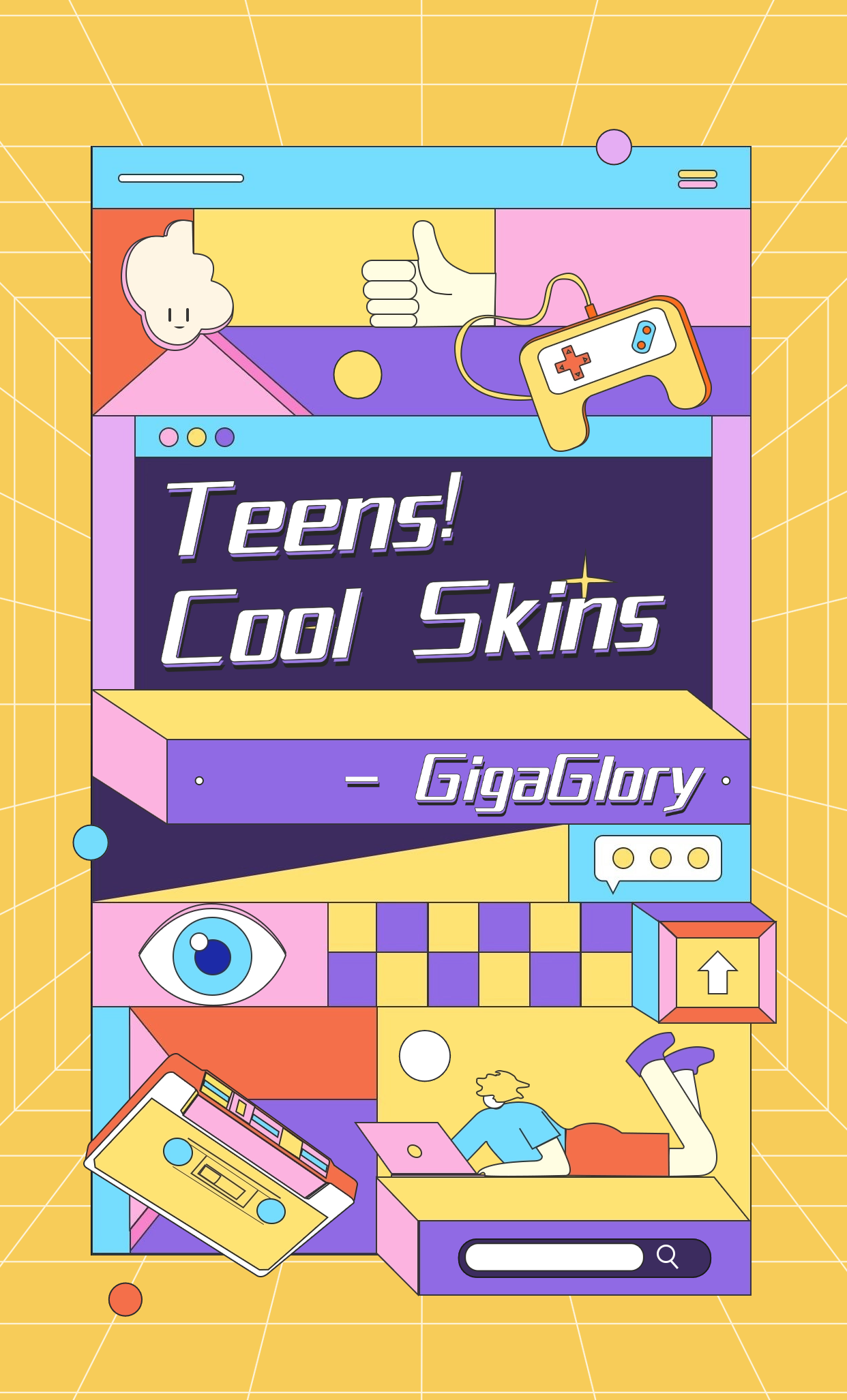Why Casual Multiplayer Games Are the New Frontier for Social Interaction
In the ever-evolving world of gaming, casual multiplayer games have emerged as a revolutionary force in how we interact socially. Unlike traditional games, where competition and complexity tend to dominate the experience, casual multiplayer games offer accessible gameplay that invites people from all walks of life to join in. This accessibility, combined with social features, makes them the perfect medium for modern social interaction.
Understanding Casual Multiplayer Games
Casual multiplayer games, as the name implies, are designed for easy access and quick sprints of fun, making them attractive for casual gamers. Titles like EA Sports FC 24 GamePass epitomize this trend, allowing players to compete without the steep learning curves found in many traditional multiplayer games. But what exactly makes these games so revolutionary? Let's explore.
The Rise of Casual Gaming
The timeline of casual gaming has seen spikes, thanks in large part to the rise of mobile technology and platforms that cater to short, engaging experiences. This trend has accelerated during lockdowns and social distancing periods, with millions flocking to casual games as a way to connect with friends and family.
Accessibility and Appeal
- Easy Learning Curve: Most casual games require little to no prior knowledge, making them accessible.
- Cross-Platform Play: Players can interact regardless of their gaming devices.
- Social Features: Integrated chat and co-op play foster connections between players.
Social Interaction Through Gaming
Social interaction is a fundamental reason why people engage with games. Casual multiplayer games provide an avenue for players to bond over shared experiences. This shared enjoyment can bloom into friendships, community bonds, and even influencer connections, showcasing gaming's potential as a social medium.
Casual Games vs. Traditional Games
| Aspect | Casual Games | Traditional Games |
|---|---|---|
| Complexity | Low | High |
| Time Investment | Short Sessions | Longer Sessions |
| Accessibility | High | Medium to Low |
Key Features of Successful Casual Multiplayer Games
What makes a casual multiplayer game successful? Here are some key features:
- User-Friendly Interface: Players should easily navigate the game.
- Engaging Content: Attractive graphics and storylines keep players interested.
- Community Involvement: In-game events and forums encourage player interaction.
Utilizing Technology to Enhance Social Gaming
Technology plays a significant role in shaping the landscape of casual multiplayer games. Innovations like VR and AR are making social interactions even richer, while live streaming platforms allow players to share their experiences with broader audiences, effectively creating a virtual gathering space.
The Role of RPG Game Creator Tools
As new game development tools, such as those offered by RPG Game Creator, emerge, they provide avenues for aspiring developers to create accessible games that encourage social play. This democratization of game development leads to an exciting influx of fresh perspectives in the casual gaming scene.
Market Trends and Predictions
Looking toward the future, analysts predict that the casual multiplayer gaming market will continue to grow. As demographics shift and technology advances, we may see:
- Greater integration of AI for personalized gaming experiences.
- More social features embedded within games.
- Increased investment in casual games from major gaming companies.
Case Studies: Successful Casual Multiplayer Games
*Let’s take a closer look at some examples that have successfully navigated this landscape:*
- Among Us: A game that transformed social interaction into a gameplay mechanic.
- Fall Guys: Combining chaos with fun mini-games for group involvement.
- Fortnite: Its party modes make casual gaming and social interaction a top priority.
The Community Aspect
The essence of casual multiplayer games lies in its community. Whether you're coordinating strategies with friends or making new acquaintances, these games catalyze connections. Platforms like Discord and Twitch serve as supplementary spaces that further enhance community engagement.
Gaming Culture and Social Change
As casual multiplayer games evolve, so does their cultural impact. Numerous studies indicate that games contribute to social skills development, enhance creativity, and promote mental health benefits through community engagement, illustrating a positive impact on societal well-being.
Challenges in the Casual Gaming Landscape
Despite its vibrant nature, the casual gaming market does face challenges:
- Retention Rates: Keeping players engaged can be tricky amidst a sea of options.
- Play Accessibility: While many casual games are relatively easy to access, not everyone has equal access to the necessary technology.
- Balancing Monetization: Striking a balance between profitability and player experience can be complex.
Conclusion
In this new frontier of social interaction, casual multiplayer games are indelibly changing how we connect with others. Their accessibility, community-centric design, and role in modern culture render them powerful mediums for social interaction. As the technology around us continues to evolve, it’s clear that casual multiplayer games are here to stay, shaping our social landscapes in exciting new ways.



